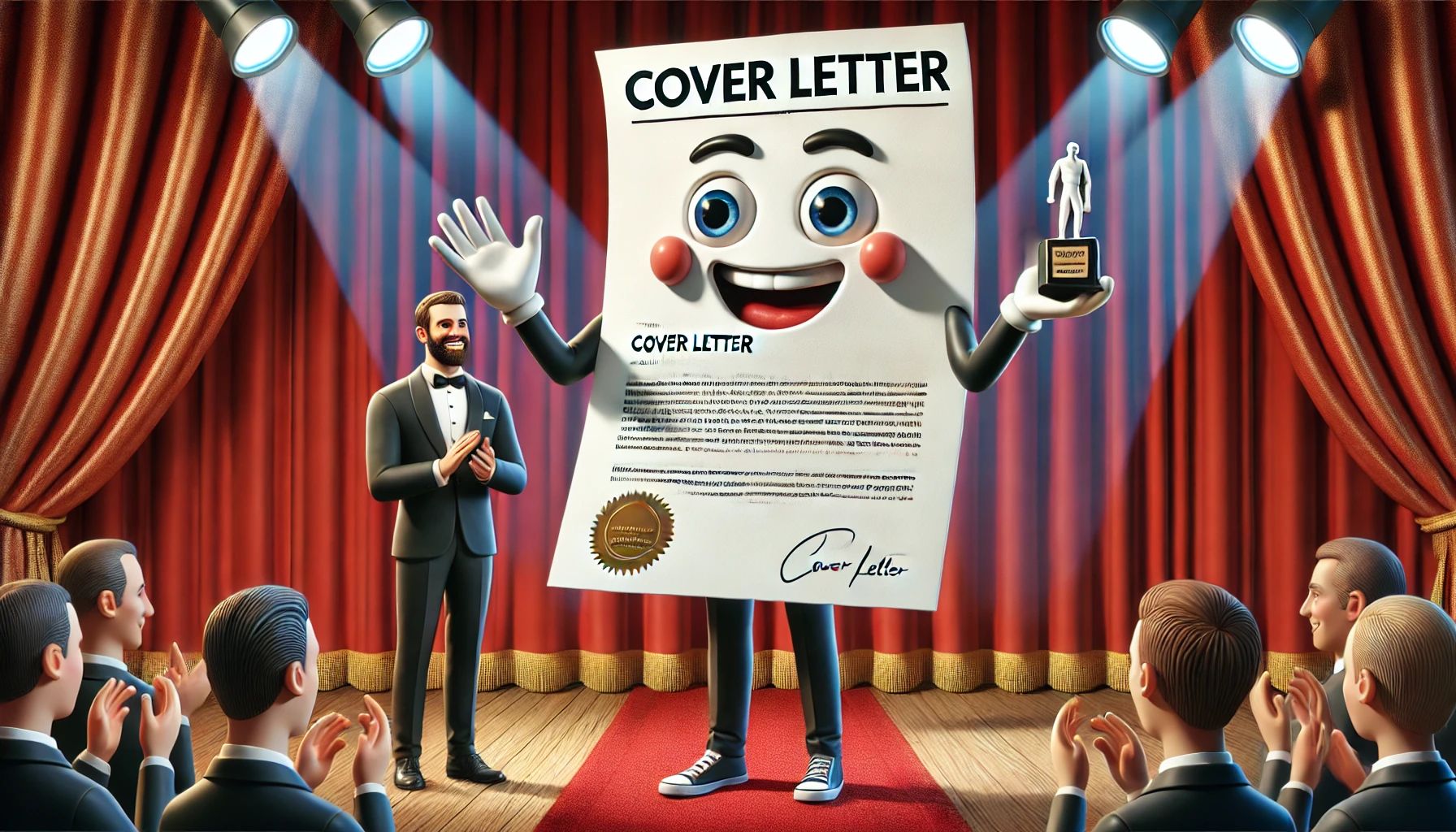
With the resume being required to cover at least the last 10 years of work experience, our top concern involves creating the perception as a job hopper. If your resume is showing that you have had 8 employers in the past 10 years, this is a hard visual to overcome. Sometimes, it is what it is. But there are sometimes ways to navigate this. If you are a contract employee where short employment stints are the norm, then resume writing strategy dictates we find a way to visually get this point across. And quickly! One can create a visual “umbrella” under which the contract positions fall to give the perception of related entries that can pass a quick initial scan.
But what if the length of these 8 positions were not really justifiable? In a case such as this, it may become a case of going with the lesser of two evils. One option would be eliminating one or two of the positions, but now one runs the risk of leaving holes in the timeline, perhaps creating a different issue to contend with. Another option would be to consider shortening the timeline covered in the resume to less than 10 years. In either case, it is a good idea to play with the visuals a bit to pull the eye away from the dates. Good resume writers have several tricks to pull this off.
The main point to remember is that the job of the resume is to navigate the first part of the candidacy process to get you into the interview door. Most candidates have weaknesses somewhere that need to be addressed. The key is in figuring out what it takes to ensure the positives shine above them to the reader so that those negatives become only exceptions.













